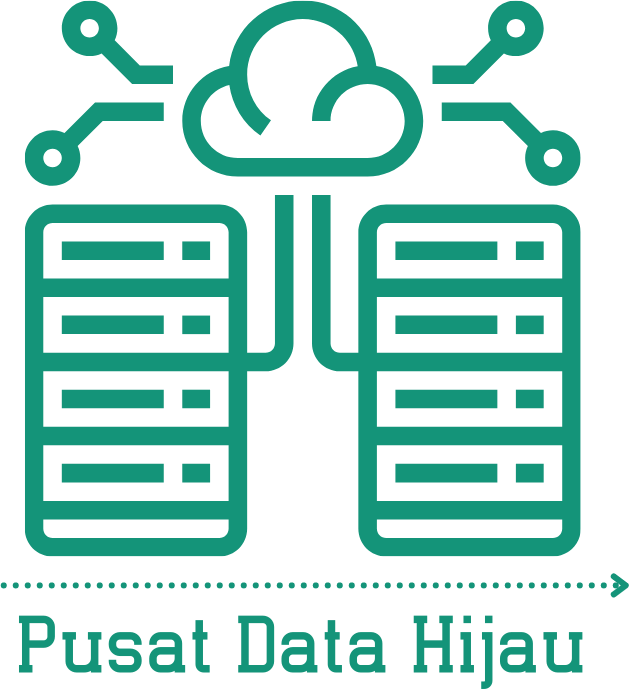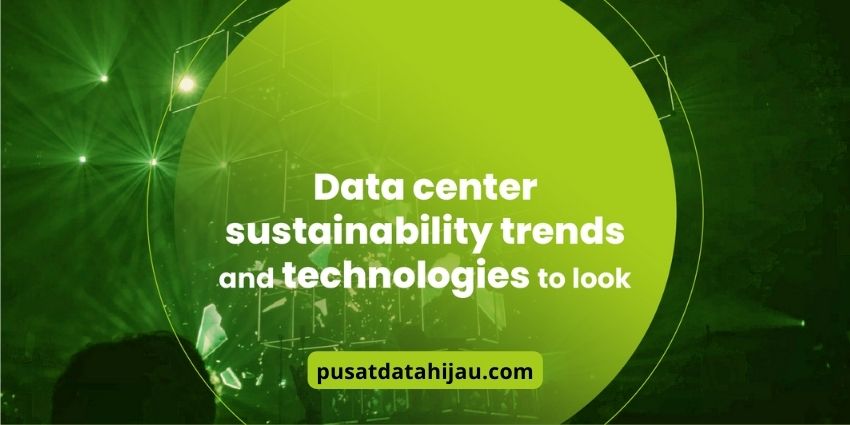After the United Nations Climate Change Conference 2021, it’s more important than ever that organizations address sustainability & reduce their carbon footprints. Data centers utilize a huge amount of Energy and resources, and they are one place many organizations seek to cut back to reach net-zero carbon emissions eventually.
Let us tell you how data center sustainability improves with the right design and practices. You will also fund current green IT movements and pitfalls when going greener and learn what major operators are doing to battle climate change.
Data Centre Design Sustainability
Many data center industries or operators aim to have net-zero emissions by 2050. It requires designing their centers according to energy conservation, energy efficiency, & renewable energy sources. Organizations that commit to upgrading their data centers for environmental sustainability should learn about a few designs to help them toward net-zero data center emissions.
- Save Energy by using air containment & liquid cooling.
- Invest in reliable computer processing hardware, UPS, and cooling systems.
- Implement high-efficiency power and cooling infrastructures, such as transformerless, modular UPSes, or full liquid immersion cooling.
- If possible, install fuel cells for on-site energy generation or renewable energy sources, such as solar and wind.
Green computing
Utilize green computing practices to improve data center sustainability & reduce data center’s carbon footprint. Track your base power usage, forecast future electrical usage, and use the right-size servers to avoid underutilization and energy waste. Carefully scan the temperature to lessen the load on HVAC systems. Readjust the data center’s layout based on energy consumption and temperature, or replace legacy assets with newer, more energy-efficient ones.
Considering broader management, consider investing in smart facilities management using AI-powered monitoring tools. Investigate new or upcoming green technologies and partner with other green associations.
Future Trends for Data Centres Sustainability
We believe the data center sustainability and data center industry‘s climate challenges are much too complex to address by one organization working itself. That’s why we’re developing the Data Center of the Future concepts with the help of leading partners in our Co-Innovation Facility in the Washington, D.C. area.
Generator-less data centers
Among the technologies, Equinix is developing in the CIF are generator-less data centers. They are testing solid oxide fuel cells with Energy to replace traditional diesel generators and UPS. We believe this work could be the first step toward a cleaner, the more efficient primary power source for data centers.
In addition to our contribution to the CIF, we have joined the EcoEdge PrimePower (E2P2) consortium and six other companies to support the further development of low-carbon fuel cells. In December 2021, the consortium’s joint proposal got a grant of €2.5M from the Clean Hydrogen Partnership under the Horizon 2020 program of the European Commission.
The fuel cells utilize a unique tri-fuel design, which allows them to use the locally available fuel source: natural gas, green hydrogen, or liquefied petroleum gas. These fuels are transported over existing pipelines, meaning the fuel cells can easily join with data centers without expensive infrastructure upgrades. Replacing regular generators with substitute power solutions such as fuel cells will
- Reduce carbon emissions
- Cut expenses
- Decrease data center footprints
- Minimize time and resources required for maintenance.
Airflow management
Equinix data centers constitute physical barriers that help contain cold air in supply aisles and hot air in exhaust aisles. By decreasing the amount of air mixing between the cold & hot galleries, we can ensure the most efficient distribution of cooling air possible & therefore minimize the amount of power dedicated to cooling.
Airflow management techniques are located in Equinix facilities worldwide. But they are especially beneficial in data centers in warmer climates, such as our Equinix IBX® facilities in Singapore.
Renewable Energy
Last year, Equinix was the first data center operator to commit to becoming globally climate neutral by 2030. In pursuit of that goal, they set a science-based target to reduce emissions across our operations & supply chain. By shrinking the carbon footprint and improving power usage effectiveness, they aim to do their part to prevent the worst climate changes.
One of their climate-neutrality goals is to reach 100% renewable energy coverage across current and upcoming data center sites by 2030. They formalized this devotion by leading the development of and becoming a founding signatory to the EU Climate Neutral Data Centre Operator Pact.
Since then, they’ve made huge progress toward that goal, reaching 95% renewable energy consumption in 2021. It is achieved by pursuing renewable energy sources based on local availability. It includes wind power purchase agreements (PPAs) like the one we recently signed with Björkliden wind farm in Finland. This clean Energy will get used to power both our customers’ IT equipment and our overhead load.
Intelligent power management
It’s impossible to increase energy efficiency using manual power monitoring or delivery methods. By placing sensors to identify potential energy waste, future Data centers will ensure power reaches equipment efficiently. It means delivering the right amount of power to the right place at the right time.
One example of this is our work with VPS to support the development of a software-defined power management solution. When used with our cabinet-mounted battery energy storage solution (developed in partnership with Natron Energy), the software-defined power solution can help manage power draw and limit power stranding to nearly 0%. This solution can improve power efficiency in data centers by as much as 30-50%.
The data center industry is keen to build up the development and adoption of sustainable practices to limit the industry’s impact on climate change. This environmental responsibility gets worsened by pressure from market regulators, investors, and customers. It is conducive to continuous innovation, epitomized by liquid cooling, renewable Energy, and underwater data centers.
Conclusion:
Data center’s sustainability has become a priority, and their installation must be optimized, from design through to operation & throughout the life cycle, by involving all stakeholders within the ecosystem.
However, even if they measure their environmental impact, everyone will need to use the same assessment criteria to enable meaningful comparisons between facilities and operators.
Stay tuned for the latest articles from PusatDataHijau.Com

